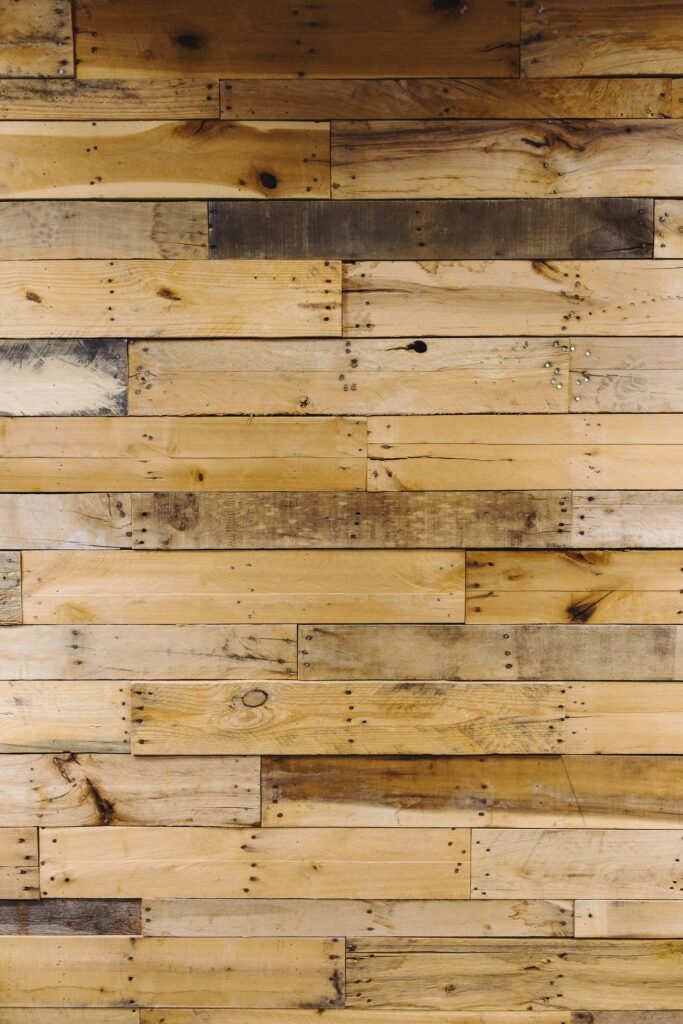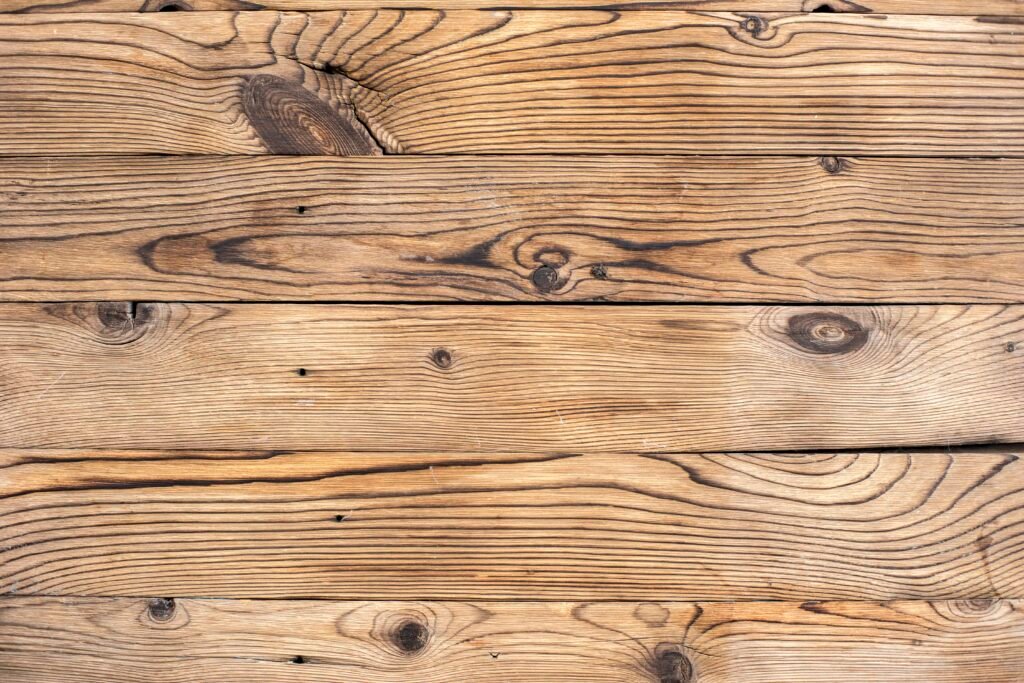Preserving wood crates is essential for their longevity and continued functionality. In this article, you will discover the key practices that will help you maintain and protect your wooden crates. Whether you use them for storage, transportation, or decorative purposes, following these best practices will ensure that your wood crates remain strong, durable, and visually appealing for years to come. So, let’s explore these essential tips and techniques for preserving your cherished wooden crates.

This image is property of images.unsplash.com.
Proper Handling and Storage
Proper handling and storage are crucial for maintaining the integrity and longevity of wood crates. By following these guidelines, you can ensure the safety and functionality of your crates.
Avoid using forklifts with sharp edges
When handling wood crates, it is essential to use forklifts that are equipped with smooth-edged forks. Forklifts with sharp edges can cause damage to the crates, leading to structural weaknesses and potential accidents. By using forklifts with smooth edges, you can minimize the risk of damaging the crates during handling and transportation.
Store crates in a dry and well-ventilated area
Wood crates are vulnerable to moisture, which can lead to warping, mold growth, and other forms of damage. To prevent these issues, it is crucial to store the crates in a dry and well-ventilated area. This helps to maintain the structural integrity of the crates and prevents moisture-related problems.
Keep crates away from direct sunlight
Direct sunlight can cause the wood to fade and dry out, leading to cracks and other forms of damage. To protect the crates from sunlight, it is essential to store them in areas that are away from windows or direct exposure to sunlight. This simple step can significantly extend the lifespan of the wood crates.
Do not stack crates too high
When storing multiple crates, it is important not to stack them too high. Stacking crates too high can increase the risk of collapse, especially if the bottom crates are not strong enough to support the weight. By avoiding excessive stacking, you can maintain the stability and safety of the stored crates.
Regular Cleaning and Maintenance
Regular cleaning and maintenance play a vital role in preserving the appearance and functionality of wood crates. By following these practices, you can keep your crates in optimal condition.
Use a soft brush to remove dust and debris
Dust and debris can accumulate on the surface of wood crates, making them look dull and dirty. To keep the crates clean, use a soft brush to gently remove dust and debris. This simple and effective cleaning method ensures that the crates remain presentable and free from any particles that may cause damage.
Wipe crates with a damp cloth to remove stains
Over time, wood crates may accumulate stains from spills or other sources. To remove these stains, wipe the crates with a damp cloth. Make sure the cloth is only slightly damp to prevent excessive moisture absorption by the wood. By regularly removing stains, you can maintain the aesthetic appeal of the crates.
Inspect crates for any signs of damage or weakness
Regularly inspecting the crates for signs of damage or weakness is crucial for addressing any issues early on. Look for cracks, splintering, or warping of the wood, as well as loose joints or hardware. By promptly identifying these problems, you can take the necessary steps to repair or replace damaged parts.
Repair or replace damaged parts promptly
If any damage or weakness is found during the inspection, it is important to address it promptly. Repair or replace damaged parts to prevent further deterioration and ensure the crates’ structural integrity. Regularly maintaining and repairing the crates will prolong their lifespan and usability.
Applying Protective Coatings
Applying protective coatings to wood crates can enhance their durability and resistance to various factors. Follow these steps to ensure the effective application of protective coatings.
Choose the right coating for your crates (e.g. varnish, sealant)
When selecting a protective coating, it is important to choose one suitable for your specific needs. Whether it’s varnish, sealant, or another type, ensure that the coating provides adequate protection against moisture, UV rays, and general wear and tear. Consider consulting wood preservation experts to determine the best coating option for your crates.
Ensure the wood surface is clean and dry before applying the coating
Before applying any protective coating, make sure the wood surface is clean and dry. Remove any dust, debris, or stains using the cleaning methods mentioned earlier. Moisture and dirt can hinder the effectiveness of the protective coating, so ensuring a clean and dry surface is essential.
Apply multiple thin coats for better protection
To achieve optimal protection, it is recommended to apply multiple thin coats of the protective coating rather than a single thick layer. Thin coats are easier to apply evenly and allow for better penetration into the wood. Applying multiple coats also offers improved resistance against moisture, UV rays, and other elements.
Allow sufficient drying time between coats
To ensure the effectiveness of the protective coating, it is important to allow sufficient drying time between coats. This will prevent the layers from mixing and provide a solid barrier against external factors. Follow the manufacturer’s instructions for the specific drying time required for the chosen coating.
Avoiding Moisture Damage
Moisture is one of the primary enemies of wood, leading to warping, rotting, and mold growth. To avoid moisture damage to your wood crates, follow these preventive measures.
Avoid exposing crates to excessive humidity or moisture
Excessive humidity or moisture can lead to significant damage to wood crates over time. Avoid storing the crates in areas with high humidity levels, such as basements or areas prone to water leaks. Keeping the crates away from moisture-prone environments is vital for their preservation.
Use moisture barriers, such as plastic wrap or silica gel packets
To add an extra layer of protection against moisture, consider using moisture barriers when storing wood crates. Plastic wrap or silica gel packets can help to absorb excess moisture and create a barrier between the crates and the external environment. Place these barriers strategically within the storage area to mitigate moisture-related issues.
Consider using desiccant packs for long-term storage
For long-term storage of wood crates, consider using desiccant packs. Desiccant packs are designed to absorb moisture, keeping the environment dry and free from excess humidity. By incorporating desiccant packs into your storage solution, you can safeguard the crates against moisture damage during extended periods of storage.
Monitor moisture levels regularly
Regularly monitor the moisture levels within your storage area to ensure that the environment remains within an acceptable range. Use moisture meters or humidity monitors to measure moisture levels and take appropriate action if levels exceed recommended thresholds. By staying proactive, you can prevent moisture-related issues and prolong the lifespan of your wood crates.

This image is property of images.unsplash.com.
Preventing Pest Infestation
Pests, such as termites or wood-boring beetles, can wreak havoc on wood crates, causing structural damage that compromises their functionality. To prevent pest infestation, follow these preventive measures.
Inspect crates for any signs of pests before use
Before using wood crates for storage or transportation, inspect them thoroughly for any signs of pests. Look for small holes, burrows, or insect remnants that may indicate the presence of pests. By identifying potential infestations early on, you can take immediate action to prevent further damage.
Apply wood preservatives with insecticidal properties
To protect your wood crates from pests, consider applying wood preservatives with insecticidal properties. These preservatives contain substances that repel or kill insects, preventing infestations and preserving the integrity of the wood. Be sure to follow the manufacturer’s instructions when applying any wood preservative product.
Seal any cracks or gaps where pests may enter
Pests can find their way into wood crates through small cracks or gaps. To prevent their entry, carefully inspect the crates for any openings. Use sealants or appropriate filler materials to seal these cracks and gaps, creating a barrier that pests cannot penetrate. Maintaining a sealed and protected environment is crucial in preventing pest infestation.
Ensure the storage area is clean and free of food sources for pests
Pests are attracted to food sources, and even the smallest crumbs or spills can attract them. Ensure that the storage area is clean and free of any food sources or debris that may attract pests. Regularly sweep and clean the surroundings to minimize the risk of infestation and maintain a pest-free environment.
Minimizing Exposure to Temperature Extremes
Extreme temperatures can have detrimental effects on wood crates, causing them to warp, expand, or contract. To minimize exposure to temperature extremes, follow these guidelines.
Avoid storing crates in areas with extreme temperatures
Extreme temperatures, whether excessively hot or cold, can put stress on wood crates and compromise their structural integrity. Avoid storing the crates in areas that are prone to extreme temperature fluctuations, such as attics or uncontrolled outdoor environments. Choosing appropriate storage areas is essential for preserving the quality of the crates.
Maintain a stable temperature and humidity level in the storage area
To ensure the longevity of wood crates, it is important to maintain a stable temperature and humidity level in the storage area. Fluctuations in temperature and humidity can cause the crates to expand and contract, leading to cracks and other damage. Invest in temperature and humidity control systems to provide an optimal environment for the crates.
Avoid placing crates near heating or cooling sources
Wood crates should not be placed near heating or cooling sources, as these can subject them to localized temperature extremes. Heat sources such as radiators and cooling sources like air conditioners can lead to uneven temperature distribution and potential damage to the crates. Keep the crates at a safe distance from such sources to prevent unnecessary stress on the wood.
Consider using climate-controlled storage if necessary
If your wood crates are particularly sensitive to temperature extremes, consider utilizing climate-controlled storage options. Climate-controlled storage provides a controlled environment with stable temperature and humidity levels, minimizing the impact of external factors on the crates. This option is especially beneficial for valuable or delicate content within the crates.

This image is property of images.unsplash.com.
Proper Loading and Transportation
During loading and transportation, ensuring the safety and integrity of wood crates is paramount. Follow these recommendations to properly load and transport your crates.
Distribute the weight evenly when loading crates
When loading wood crates, distribute the weight evenly to prevent any undue stress on specific areas. Uneven weight distribution can lead to structural damage or even collapse during transportation. Aim for a balanced load to maintain the stability of the crates and ensure a safer transport experience.
Use appropriate padding or cushioning materials to protect contents
To protect the contents within the wood crates during transportation, make use of appropriate padding or cushioning materials. This will help absorb shocks and vibrations, reducing the risk of damage to the contents. Use materials such as bubble wrap, foam inserts, or packing peanuts to create a protective buffer between the crates and their contents.
Secure the crates properly during transportation to prevent shifting
To prevent the crates from shifting during transportation, secure them properly. Use straps, ropes, or other secure fasteners to hold the crates in place and prevent any movement. This will reduce the risk of damage caused by crates colliding or shifting during transit.
Avoid rough handling or dropping during loading and unloading
Wood crates can be vulnerable to damage if handled roughly or dropped during loading and unloading. Train personnel on proper lifting and handling techniques to minimize the risk of accidents or mishandling. By ensuring careful and cautious handling, you can mitigate the potential for damage and ensure the longevity of the crates.
Regular Inspection and Testing
Regularly inspecting and testing the integrity of wood crates is essential for identifying and addressing any issues promptly. Follow these practices to keep your crates in optimal condition.
Inspect crates for any signs of wear or damage regularly
Regular inspections are necessary to identify signs of wear or damage that may compromise the structural integrity of the crates. Inspect the wood surface, joints, and hardware for any cracks, splintering, or other signs of deterioration. By conducting regular inspections, you can catch and address problems early on, preventing further damage.
Test the strength and stability of crates periodically
Periodically testing the strength and stability of the crates is important to ensure that they can handle the intended loads without any risks. Perform a load-bearing test to assess the weight-bearing capacity of the crates. This will help identify any weaknesses or structural issues that may require attention.
Identify and address any structural weaknesses promptly
If any structural weaknesses or signs of damage are identified during inspections or testing, address them promptly. Repair or reinforce weak areas, replace damaged parts, or consider retiring heavily compromised crates. By taking quick action, you can prevent accidents, maintain functionality, and prolong the lifespan of your wood crates.
Monitor load capacity and weight limits
Wood crates are designed to support specific load capacities and weight limits. Regularly monitor and adhere to these limits to avoid overloading the crates. Exceeding the recommended load capacity can lead to structural failures or safety hazards during transportation or storage. Stay within the recommended limits to ensure the crates’ ability to withstand the intended loads.
Training and Education
Proper training and education of employees are essential for promoting responsible crate handling and care. Follow these practices to ensure that your staff is equipped with the necessary knowledge and skills.
Train employees on proper handling and care of wood crates
Train your employees on the proper techniques for handling and caring for wood crates. Provide comprehensive training programs that cover topics such as safe lifting practices, storage guidelines, and loading techniques. By equipping your staff with the right skills, you can minimize the risk of accidents and damage to the crates.
Educate staff on the importance of following preservation practices
Educate your staff on the importance of following preservation practices for wood crates. Explain the potential risks and consequences of improper handling, storage, or maintenance. By fostering awareness and understanding, you can create a culture of responsibility and care among your employees.
Provide guidelines and resources for maintenance and inspection
Equip your employees with the necessary guidelines and resources for crate maintenance and inspection. Establish clear procedures for regular inspections, and provide checklists or guides to assist in identifying potential issues. By providing these resources, you empower your staff to take ownership of crate preservation and promote accountability.
Encourage a culture of responsible crate preservation
Aim to foster a culture of responsible crate preservation within your organization. Encourage open communication, feedback, and suggestions regarding crate handling and care. Recognize and reward employees who consistently demonstrate responsible behavior. By building a culture of responsibility, you empower your staff to actively contribute to the preservation of wood crates.
Consulting Professionals
When it comes to the preservation of wood crates, there may be situations where seeking professional advice or assistance is necessary. Consider the following practices to ensure expert guidance when needed.
Seek advice from wood preservation experts
If you encounter specific challenges in preserving your wood crates, seek advice from wood preservation experts. These professionals have the knowledge and experience to provide effective solutions tailored to your specific needs. Consultation with experts can help you overcome any obstacles and ensure the long-term preservation of your crates.
Consult with packaging and transportation specialists
Packaging and transportation specialists can offer valuable insights and expertise in crate preservation. They can provide recommendations on appropriate packaging materials, loading techniques, and transportation methods to minimize risks and optimize crate preservation. Engage with these professionals to enhance your crate preservation practices.
Stay informed about industry best practices and innovations
Stay updated on the latest industry best practices and innovations regarding crate preservation. Regularly research and attend industry conferences, workshops, and training programs to stay informed about advancements in crate preservation techniques. By staying current, you can proactively adopt new practices and continually improve your crate preservation efforts.
Consider outsourcing preservation and maintenance tasks if necessary
If your organization lacks the resources, expertise, or time to effectively preserve and maintain wood crates, consider outsourcing these tasks to specialized service providers. Outsourcing can ensure that preservation practices are implemented correctly and consistently. Evaluate and select reputable service providers with proven expertise in wood crate preservation.
In conclusion, proper handling and preservation practices are crucial for maintaining the quality, durability, and longevity of wood crates. By following these best practices, you can ensure the safety of your crates, protect their contents, and maximize their service life. From proper handling and storage to regular cleaning and maintenance, every step you take towards crate preservation contributes to their optimal performance and functionality. By embracing a culture of responsible crate preservation and seeking professional guidance when needed, you can enhance your organization’s efficiency, reduce costs, and showcase your commitment to sustainable practices.
